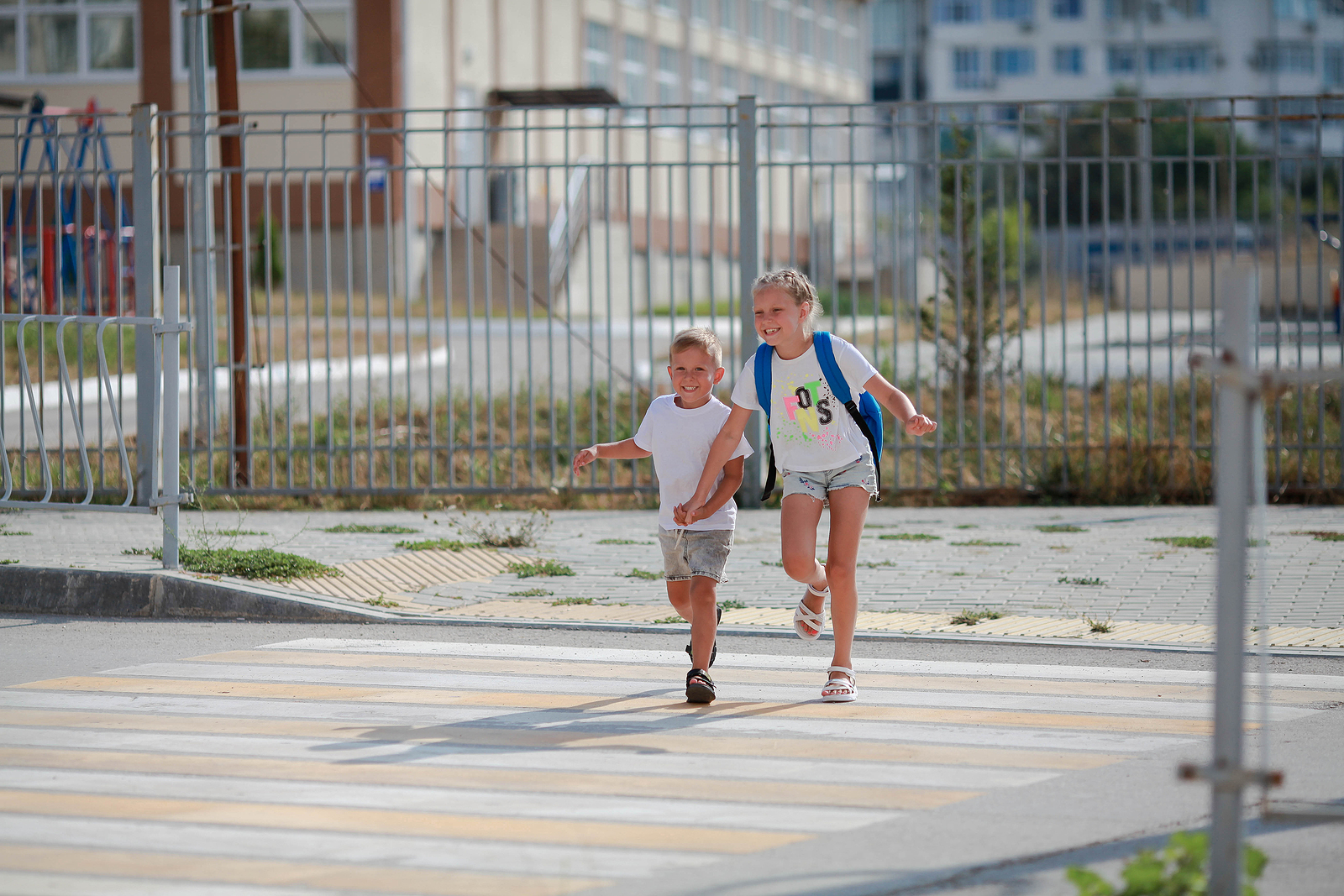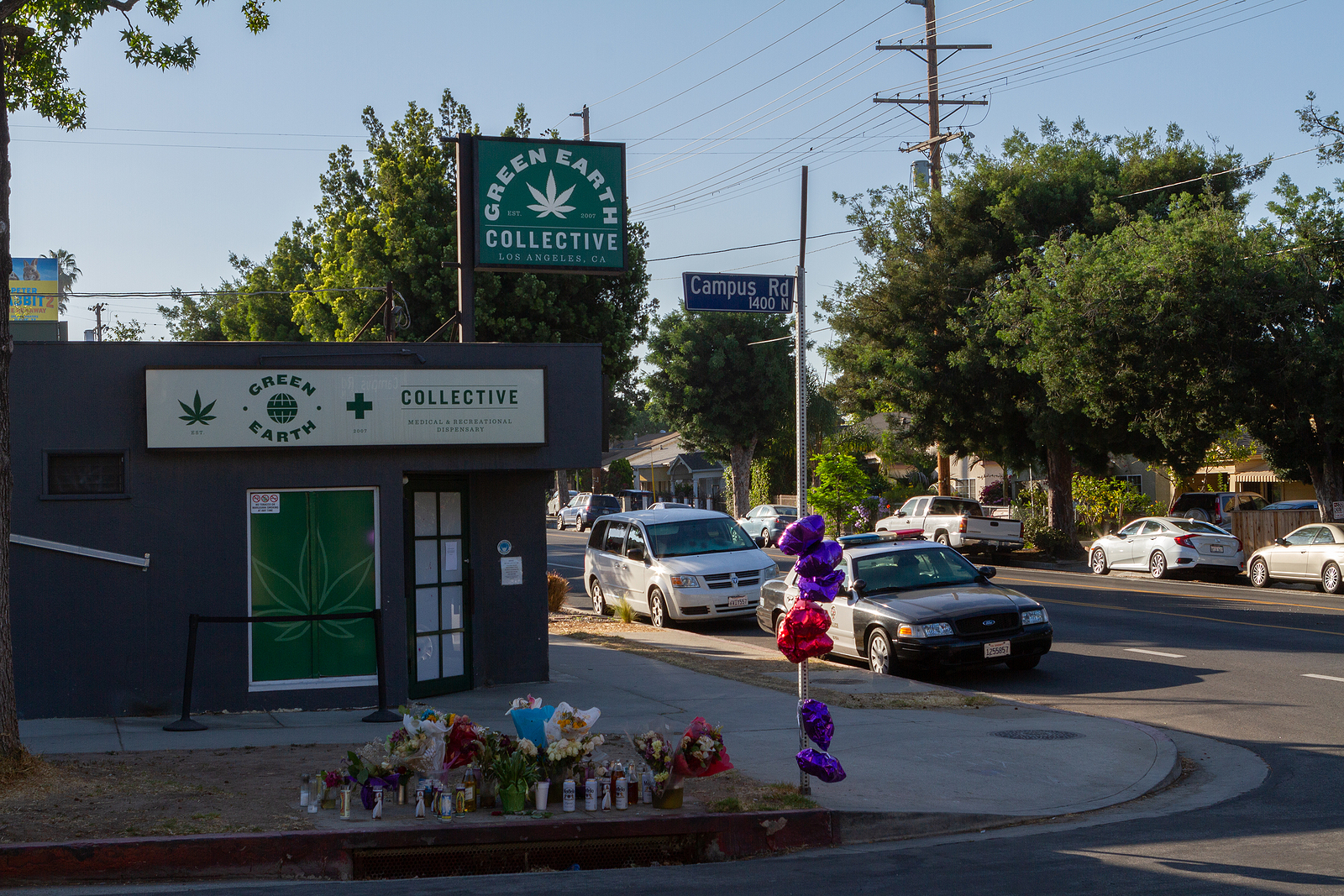
Traffic-related pedestrian injuries are a growing public-health concern worldwide. The economic impact of motor vehicle collisions and pedestrian injuries totals over $500 billion annually. Not only do these accidents cause injuries, they lead to fatalities and disrupt the lives of the most vulnerable members of society. Many of these accident victims are disadvantaged people who already have a myriad of struggles.
Are Seniors More Likely To Be Injured?
In 2017, 7,700 people over the age of 65 were killed in auto accidents. As people age, their reflexes slow down. Likewise, seniors who use devices like walkers, canes, and wheelchairs move much more slowly than their younger counterparts. They’re in greater peril when crossing the street.

As the body ages, some faculties diminish. Elders may not see oncoming traffic as soon as younger people do due to loss of hearing and eyesight. Poor eyesight can also be responsible for elderly people not being able to see road signs and signals clearly.
Cognitive decline can also be another factor in pedestrian accidents, especially for seniors with dementia or Alzheimer’s disease, which affects 5.5 million people in the United States, most of whom are 65 and older.
Sometimes drivers can be impatient with elders and swerve around them to get by more quickly. This can cause elderly people to get unnerved and fall into oncoming traffic where they could suffer serious injuries. Falls are also more likely in cold and freezing weather, and they can be much more serious for older citizens whose bodies have grown feeble.
Drivers should always give elders extra time to walk, avoid honking or startling them, keep a safe distance from seniors, and generally drive slowly in areas with a concentration of seniors. Unfortunately, many impatient drivers on the road do not adhere to those behaviors.
Family members should try to minimize walking for seniors by offering them rides. Walking with a companion and making sure that they have enough time to cross the street are two ways seniors can be proactive.
Are Children More Likely To Be Injured?
Children under the age of 15 are more likely to be involved in traffic accidents. Young people tend to be impulsive and may not have yet developed the ability to make rational decisions while walking and crossing the street. Also, adults walking with children may overestimate the child’s cognitive ability.

Children’s small stature makes them less likely to be seen by drivers. Visibility is increasingly limited in rural roads and in bad weather. As they’re too young to drive themselves, walking is often their only form of transportation to get to and from school campuses and school buses.
Bus drivers are only able to watch them for part of their journey home. A lack of adult supervision means that they may take risks they would normally avoid. Likewise, irresponsible drivers ignore road warnings and speed limits in school zones.
For children, pedestrian deaths are more common near parks where they are carefree and perhaps too focused on play to worry about surrounding dangers.
Are Black, Native, and Low-income Floridians More Likely To Be Injured?
Florida ranks number one as the deadliest state for pedestrians. The poor are even worse off. People who are economically disadvantaged are more likely to be hit by vehicles and get injured or killed. The risk is elevated for children: their death rates are higher among children from poorer and more deprived neighborhoods.
One reason this could be is that car ownership is out of reach for many residents of low-income neighborhoods.

A study conducted by Transportation Alternatives, a New York-based advocacy group, found that child pedestrian fatalities and injuries were clustered near public housing projects.
The stats show that for Black, Native, and low-income pedestrians, the risks of walking in the U.S. are high.
Black pedestrians are twice as likely to be struck and killed while walking than white pedestrians, while Native people are more than three times as likely to be fatally hit.
Low-income neighborhoods are also more likely to experience more pedestrian deaths.
But why are these communities more vulnerable to pedestrian accidents?
These neighborhoods may have the deadly combination of having fewer sidewalks and parks, as well as more major roads that lead to higher speeds and more traffic, which leads to more pedestrian fatalities.
The Tampa-Clearwater metro area in Florida is one of the deadliest regions, according to an article by ABC.
Whit Blanton, the executive director of the Pinellas County-based land use and transportation planning agency Forward Pinellas, says the prioritization of cars as the main form of transportation has made some places unwalkable.
Many regions like Pinellas County were developed with the automobile as the focus, and though plenty of downtown areas are walkable the vast majority of people don’t live downtown.
Most people, when walking in Florida, are walking next to 45-50 MPH traffic that’s lined with commercial retail shops, a lot of driveways, and parking lot exits. When you walk, you have to walk through a parking lot to get to the front door of wherever you are going. You have to cross some big wide roads and drivers are frequently allowed to turn right on red.
Research has found that highways across the country are oftentimes built through or very close to Black, Hispanic, or low-income neighborhoods, making them harder to live in, closing businesses, displacing residents, and making them dangerous for pedestrians.
The Governors Highway Safety Association estimates that the number of pedestrian deaths in the US is only going to rise.
The agency estimates that 7,485 people were struck and killed while walking in 2021, which is the highest number in 40 years.
However, not all regions are equal when it comes to walkability.
The top 10 deadliest states, starting with the deadliest, include
- New Mexico
- Florida
- South Carolina
- Arizona
- Delaware
- Louisiana
- Mississippi
- Nevada
- Georgia
- California
The top 10 deadliest metro areas for pedestrians, starting with the deadliest, include
- Deltona-Daytona Beach-Ormond Beach, Florida
- Albuquerque, New Mexico
- Memphis, Tennessee
- Tampa-Clearwater, Florida
- Charleston-North Charleston, South Carolina
- Jacksonville, Florida
- Bakersfield, California
- Orlando-Kissimmee-Sanford, Florida
- Stockton, California
- Fresno, California
As you can see, Florida takes three of the top 10 spots for the deadliest metro areas for pedestrians in America. Only California, which has 17 million more people than Florida, shows up more than once on that list besides Florida.
Keeping Streets Safe for All
Statistics show us that certain demographics are more likely to be involved in injury from a pedestrian accident. These include children, seniors, and low-income individuals. If you or a loved one has been affected, speaking with a knowledgeable pedestrian accident attorney can help you understand your rights and explore legal options. Apart from a rise in pedestrian accidents, there’s also an increased risk of fatality for these individuals.
We must ask ourselves what can be done to resolve this inequity. While many states, including Florida, have been working to solve the issues of pedestrian accidents through infrastructure and policy, there’s a lot more that needs to be done.
Have you been involved in a pedestrian accident?
If you have been involved in a pedestrian accident, don’t hesitate to contact an experienced attorney. The attorneys of The Eberst Law Firm have the experience you need to represent your case. We can review your case at no cost to you in a free and no-obligation consultation.
Contact us online or at 772-225-4900 today.
